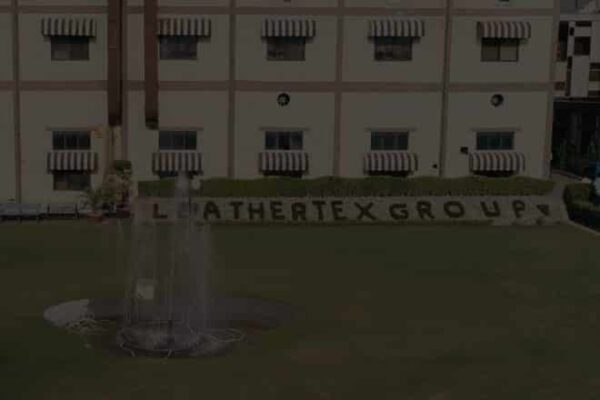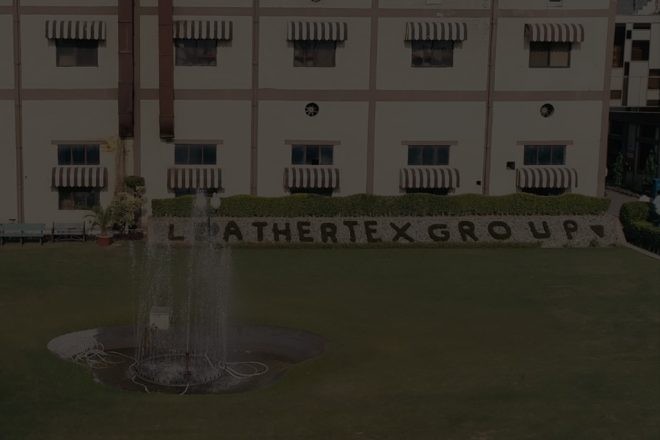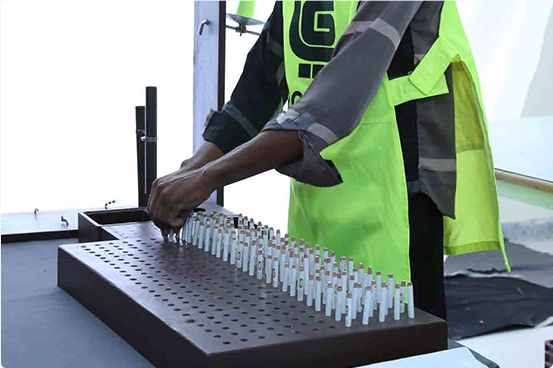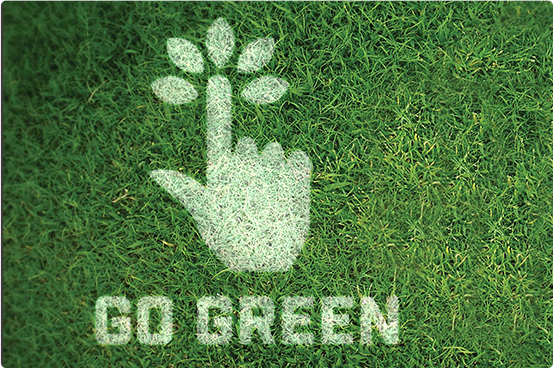
Welcome
Welcome

Corporate Social Responsibility
Social Responsibility
Training School Programs
Training programs are another aspect where we focus a lot to enhance worker’s skill and to keep on improving their abilities. Workers are encouraged to participate in, in-house training programs as well as National Level Courses because are the people who are ultimately contributing in the product development and its quality.
Training School Programs
Training programs are another aspect where we focus a lot to enhance worker’s skill and to keep on improving their abilities. Workers are encouraged to participate in, in-house training programs as well as National Level Courses because are the people who are ultimately contributing in the product development and its quality.


Water Treatment Plant
Major storms and other types of incidents can be highly disruptive for water systems. Learn what water consumers can do to protect their water and what utility operators can do to protect their drinking water and wastewater systems. Water treatment-or the purification and sanitation of water-varies as to the source and kinds of water. Municipal waters, for example consist of surface water and ground water, and their treatment is to be distinguished from that of industrial water supplies. Municipal water supplies are treated by public or private water utilities to make the water potable (safe to drink) and palatable (aesthetically pleasing) and to insure an adequate supply of water to meet the needs of the community at a reasonable cost. The textile industry is very water intensive. Water is used for cleaning the raw material and for many flushing steps during the whole production. Produced waste water has to be cleaned from, fat, oil, color and other chemicals, which are used during the several production steps. The cleaning process is depending on the kind of wastewater and also on the amount of used water. Also not all plants use the same chemicals, especially companies with a special standard try to keep water cleaned in all steps of production. So the concepts, to treat the water can differ from each other. Water treatment with different kind of pollutants, is large- scale, because of many cleaning and removing steps involved.Water Treatment Plant
Major storms and other types of incidents can be highly disruptive for water systems. Learn what water consumers can do to protect their water and what utility operators can do to protect their drinking water and wastewater systems. Water treatment-or the purification and sanitation of water-varies as to the source and kinds of water. Municipal waters, for example consist of surface water and ground water, and their treatment is to be distinguished from that of industrial water supplies. Municipal water supplies are treated by public or private water utilities to make the water potable (safe to drink) and palatable (aesthetically pleasing) and to insure an adequate supply of water to meet the needs of the community at a reasonable cost. The textile industry is very water intensive. Water is used for cleaning the raw material and for many flushing steps during the whole production. Produced waste water has to be cleaned from, fat, oil, color and other chemicals, which are used during the several production steps. The cleaning process is depending on the kind of wastewater and also on the amount of used water. Also not all plants use the same chemicals, especially companies with a special standard try to keep water cleaned in all steps of production. So the concepts, to treat the water can differ from each other. Water treatment with different kind of pollutants, is large- scale, because of many cleaning and removing steps involved.
Go Green
“Going Green” means to pursue knowledge and practices that can lead to more environmentally friendly and ecologically responsible decisions and lifestyles, which can help protect the environment and sustain its natural resources for current and future generations.
Go Green
“Going Green” means to pursue knowledge and practices that can lead to more environmentally friendly and ecologically responsible decisions and lifestyles, which can help protect the environment and sustain its natural resources for current and future generations.

Reasons that going green makes sense
There is a variety of reasons to go green, but most come back to supply and demand. We have a limited amount of resources available and more and more people using them up. If we want our future generations to enjoy the same standard of living we’ve experienced, we need to take action.
For The Environment
Want to make the world a better place? Implementing green practices into your home or office can help reduce waste, conserve natural resources, improve both air and water quality, and protect ecosystems and biodiversity.
For The Savings
Green systems and materials reduce energy consumption, which in turn reduce your energy bills. They also increase asset value and profits and decrease marketing time.
For Your Health
Green Building isn’t just good for the environment; it’s also good for you. Sustainable design and technology enhance a resident’s overall quality of life by improving air and water quality and reducing noise pollution. According to a 2006 study by the Center of the Built Environment, University of California, green office buildings improve productivity and employee satisfaction in the workplace.
Certifications & Awards







Office Contacts
Phone : +92.42.35270842 | +92.42.35270843 | +92.42.35272518-20
Fax : +92.42.35272619 | +92.42.35273114 | +92.42.35833307
